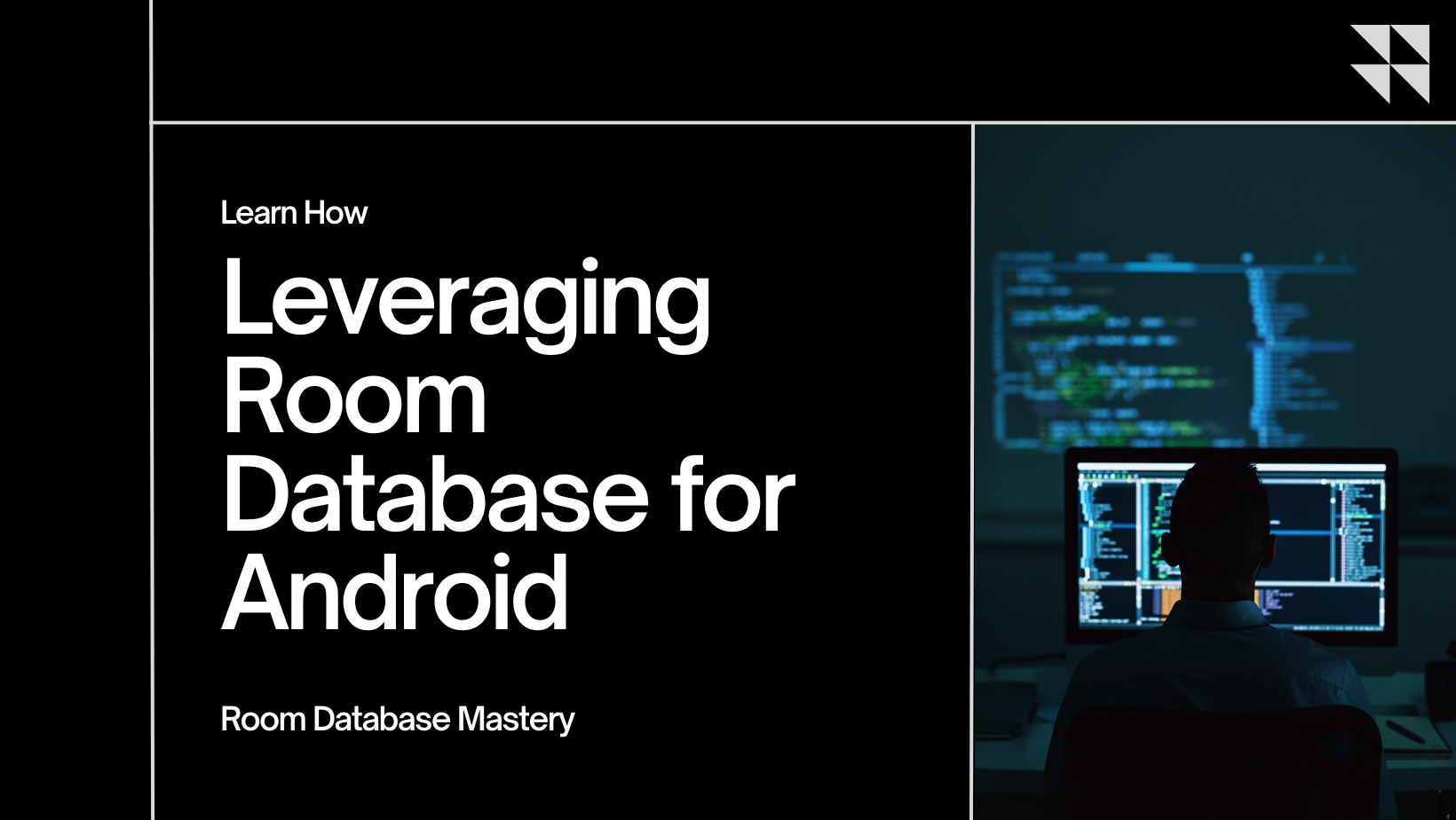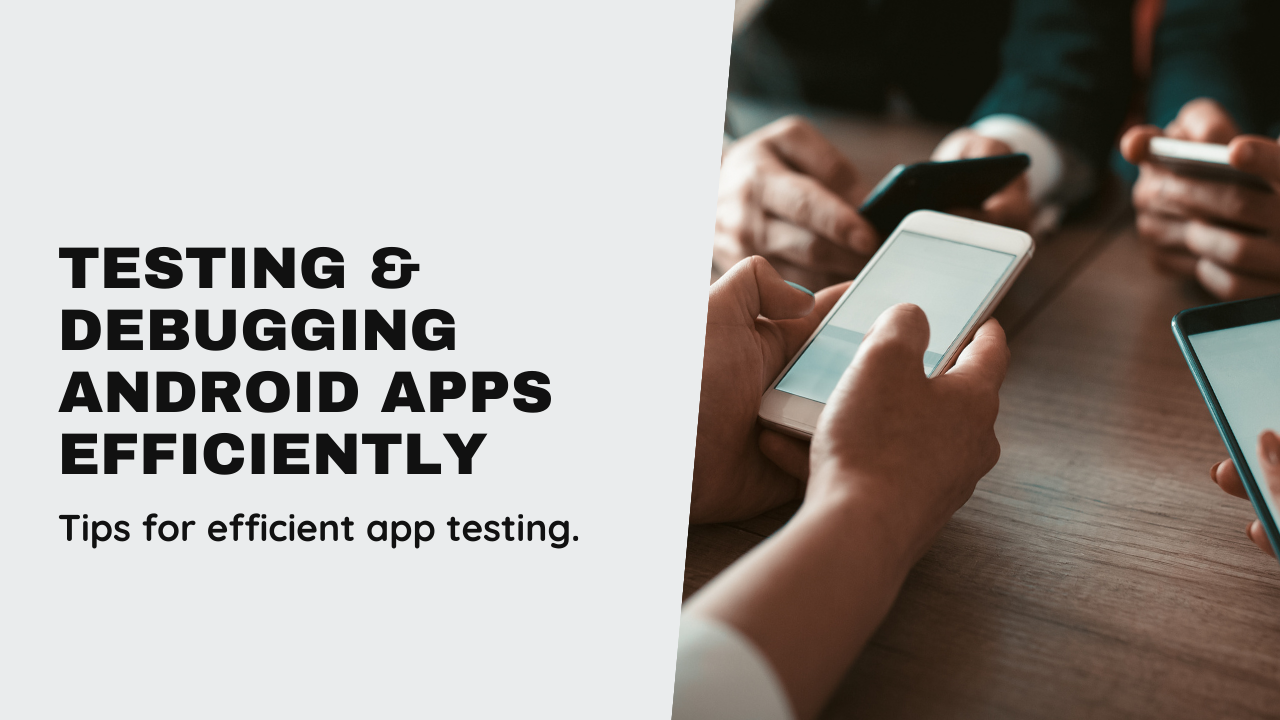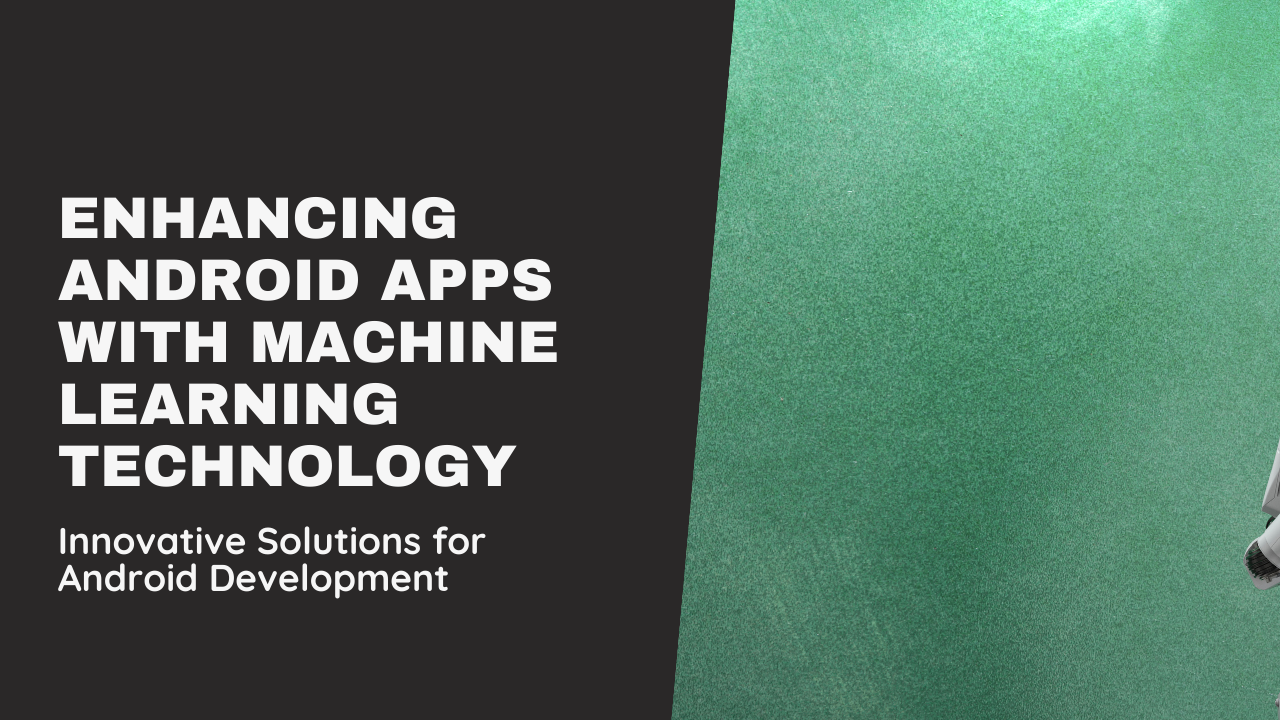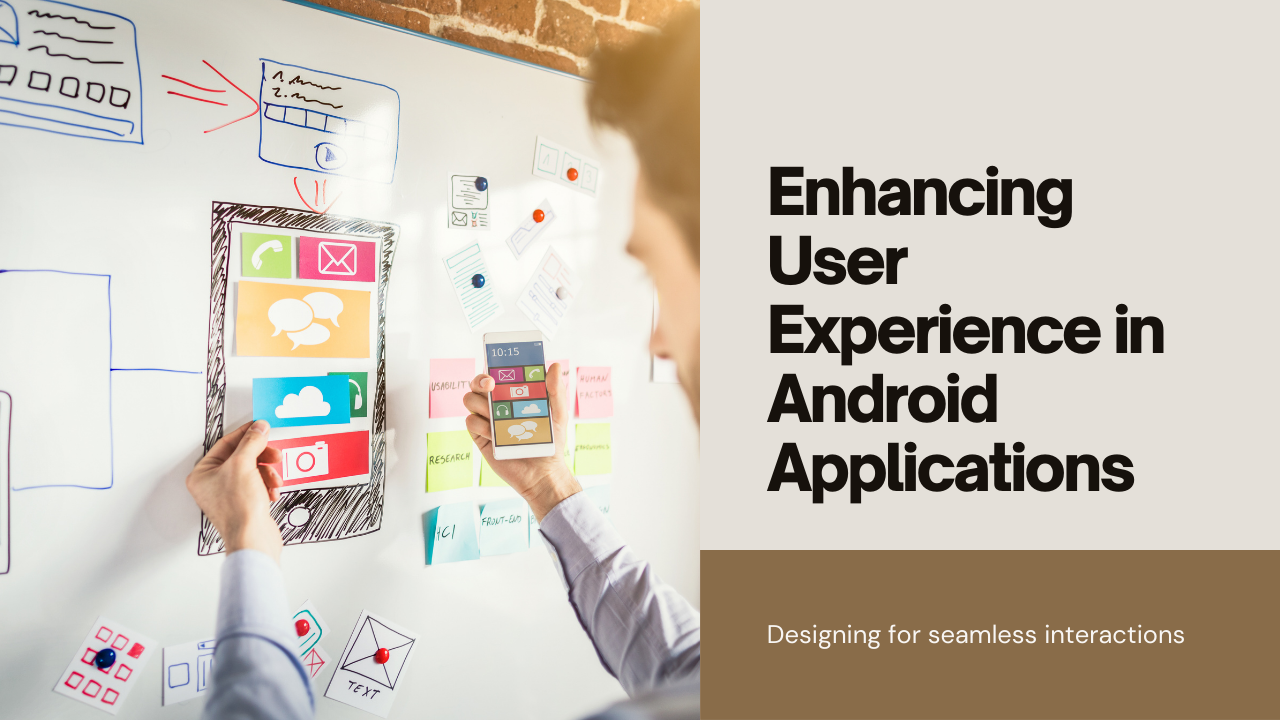Room is a powerful library provided by Android that makes it easier to work with local databases. This blog provides a comprehensive guide on integrating and utilizing Room Database in Android applications, covering setup, CRUD operations, migrations, and best practices.
Understanding Room Database in Android
An introduction to Room Database and its advantages over traditional SQLite databases:
- ORM (Object-Relational Mapping): Room simplifies database interactions by mapping Java/Kotlin objects to database tables.
- Components: Components of Room include entities, DAO (Data Access Objects), and the database itself.
1. Setting Up Room Database
Step-by-step instructions for setting up Room Database in your Android project:
- Dependencies: Add Room dependencies to your project’s build.gradle file.
- Database Creation: Define the database class annotated with
@Databaseand specify entities and version number. - Initialization: Initialize Room Database instance using
Room.databaseBuilder()orRoom.inMemoryDatabaseBuilder()methods.
2. Defining Entities and DAOs
Creating entities and DAOs to interact with Room Database:
- Entity Definition: Define data models as Room entities annotated with
@Entityand@PrimaryKey. - DAO Interface: Create a DAO interface annotated with
@Daoto declare methods for database operations (e.g., insert, update, delete). - Query Methods: Implement CRUD operations using Room’s query annotations (
@Insert,@Update,@Delete,@Query) within the DAO interface.
3. Performing CRUD Operations
Executing CRUD operations with Room Database:
- Insert Data: Use
@Insertannotation orinsert()method in DAO interface to add data to the database. - Retrieve Data: Query data using
@Queryannotation or predefined methods in DAO interface to fetch records. - Update Data: Update records using
@Updateannotation orupdate()method in DAO interface. - Delete Data: Delete records with
@Deleteannotation ordelete()method in DAO interface.
4. Handling Room Database Migrations
Managing database schema changes and migrations with Room:
- Schema Versioning: Increment database version number when modifying entity structures or adding new entities.
- Migration Strategies: Implement
Migrationclasses to handle schema migrations between different database versions.
5. Best Practices and Optimization
Best practices for efficient Room Database usage:
- Thread Management: Use
AsyncTaskor Kotlin Coroutines for asynchronous database operations to prevent UI freezes. - Transaction Management: Wrap multiple database operations within a transaction (
@Transaction) to ensure data integrity. - Database Testing: Write unit tests for Room Database operations using in-memory databases or instrumented tests.
Conclusion
Room Database simplifies local data storage in Android apps with its intuitive API and powerful features. By following the steps and best practices outlined in this guide, developers can effectively integrate and utilize Room Database to build robust and efficient Android applications.







